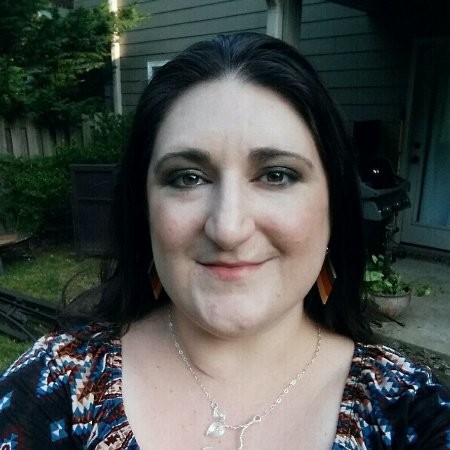July 7, 2019
DesignOps at Oracle NetSuite

Abbie
Cataldo
User Experience Manager
Oracle NetSuite
With Abbie Cataldo — User Experience Manager at Oracle NetSuite.
In your own terms, at a high level, how do you define or think about “DesignOps”?
I think that DesignOps is anything that helps the design and research team do their jobs more effectively and efficiently.
What was the tipping point for you, where you realised this was something that was required and beneficial in your team/company? Was there anything that made you take notice and decide to venture down this DesignOps path? Or any early wins that made you pursue it further?
For myself, DesignOps has always been a part of what I’ve done. While I never really called it that earlier in my career, I was constantly working with my teams to refine the ways we worked, increase efficiencies, and ensure consistency. It was never a question of, “do we need this?” We knew we needed a toolkit to improve what we did every day, and it was created organically through trial and error.
In my current role, the design team has grown exponentially over the last few years, and it has become impossible to continue without more formal Design Operations. We were already doing a lot of Research Ops out of necessity, but every hour someone has to spend doing operational tasks is an hour taken away from his or her true job and true passion. This is why we are looking toward defining roles more specific to operational work. These types of roles can support the designers and researchers, and the operational contributions will allow the team to focus on creating the best solutions possible.
What does the tooling and flow/process look like for your design team (and development team - if applicable)?
When it comes to choosing tools, I’ve see this go a number of ways, and I’m not sold on either method. I’ve worked with teams where we locked down what tools they could use to ensure everyone had the same training, toolkits, and libraries. I’ve also worked with teams where the designers use the tool that best fits their skills and individual situations. The former gives you consistency while the latter gives you flexibility and optimal speed to completion. I don’t know which way is best, and I hope to research more into this for my current team to help us pick a good future direction based on the team’s predispositions and the company’s needs.
As far as how we design, I have always worked in an agile environment. Design continues to be a bit of a misfit in agile, but I find that retrospection and iteration of the methods applied eventually gets the team to something that is right for the designer, the development team, and the stakeholders. In my opinion, design in an agile development environment always works best if the designer is fully embedded as a member of the team where he or she can build trust and foster an understanding of what design is trying to accomplish.
How does DesignOps effect the efficiency/effectiveness of your day-to-day operations in the team as a whole, and more specifically in the design team? Where have you noticed the most improvements? (ie. Speed of work, frictionless of handovers, happiness of employees, quality/consistency of work etc).
As process changes are implemented, a team sometimes has an initial negative reaction. Learning and changing is hard, even for designers, who strive for change and improvements. However, I have seen that in a number of cases, eventually each person comes up against something the new process handles with ease, and that’s when they see the benefit and appreciate what is being achieved. When teams see a bit of time saving here and there, and solutions provided that they don’t have to research or test, they adopt more and more quickly.
What advice would you give to designers wanting to make a career pathway in DesignOps?
First, make sure you understand design. Be curious about what all the roles in your design organization do—experience design, research, visual design, etc. The more you know, the better positioned you will be to aid these teams moving forward. Second, be organized, and always look for ways to improve your organization and that of the team. Finally, be motivational. Enthusiastically share your ideas about the organizational processes you personally use and how those create a space for you to design or research faster and in a more consistent manner. Show your team that buying in to process is not stifling, but freeing…it frees up your time and energy to do other things and to do them well.
What resources or influences have had the most impact on the way you approach your day to day operations in the DesignOps space? (This could be other companies, books, podcasts, articles, talks etc).
My internal leadership has been highly influential in getting me more in tune with the formal DesignOps role. They have introduced me to the Rosenfeld Media tools and to resources from past DesignOps Summits. But, honestly, I’m learning mostly from internal and external colleagues, as I truly believe the best education you can get is one that is relatable to your own situation.


